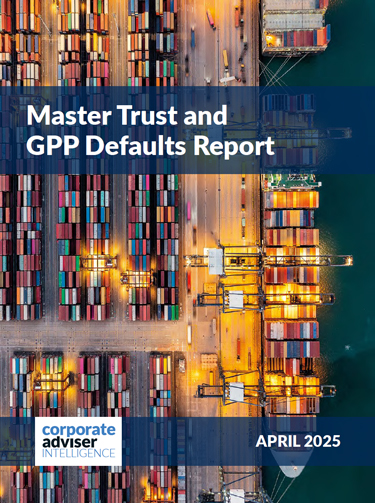Conventional wisdom in the financial services industry suggests consumers like face to face advice. Without doubt the majority of the baby boomer generation prefer a human interface, but the younger your target consumer, the less important they consider people to be in the process. Certainly for emerging young consumers, the so called Generation Y, i.e. those born from the mid eighties onwards, the need for human interaction is minimal if not non-existent. This is a generation of consumers who have technology interwoven as part of the core fabric of their lives. They are entirely at home with a wide range of online communications, social networking services and frequently plan their lives around the use of mobile devices. This creates the opportunity to develop services that will have significantly lower ongoing operating costs relative to traditional distribution.
The way members of Generation Y assimilate information is vastly different to that of older generations. They expect to be able as a matter of course to source a wide range of information. They demand information as a right. The traditional role of financial advisers as the gatekeeper to information and knowledge is totally obsolete for these young consumers. What these customers want is information-rich services which can enable them to compare and contrast products before reaching their own decisions. These will need to offer significant flexibility in terms of depth and complexity of information to meet the needs of different parts of the consumer journey.
Whilst this may appear a threat the reality is quite the opposite. Although the initial delivery cost of powerful automated online services may be higher the maintenance cost will be substantially lower and can be measured to a degree never previously possible for face-to-face advice.
The financial advice businesses targeting emerging consumers over the next twenty five years are likely to focus on the delivery of powerful automated services to their clients, enabling the customer to choose how they want to interact with their adviser – by internet, mobile phone, interactive television and other devices, many of which have yet to emerge. I believe today’s financial advice firms need to decide if they wish to restrict their target audience to customers who want, and can afford to pay for traditional methods of advice, or if they wish to start adopting vastly differing operating models which will be radically different from the way they have worked in the past.
In delivering such highly automated/low cost channel products for the group market both manufacturers and distributors can also address the challenges of running low cost individual business. Indeed evidence to support this is already emerging, Aviva tell me their “Lisa” service, originally designed to assist members of group schemes, is now being used with similar levels of success in the individual market.
To successfully build services to meet the needs of the emerging 21st Century consumers it will be essential not to be constrained by the habits of the 20th Century. The baby boomers that once changed the world are now being surpassed by the technophiles of Generation Y, soon to be followed by Generation Z. These emerging generations will find typical baby boomer behaviour as alien as the baby boomers themselves found their parents attitudes born of a more austere era.
Failing to recognise this could be a terminal mistake.




